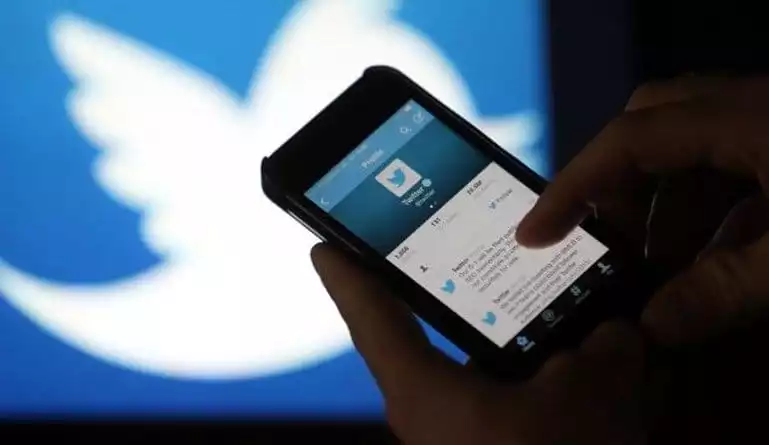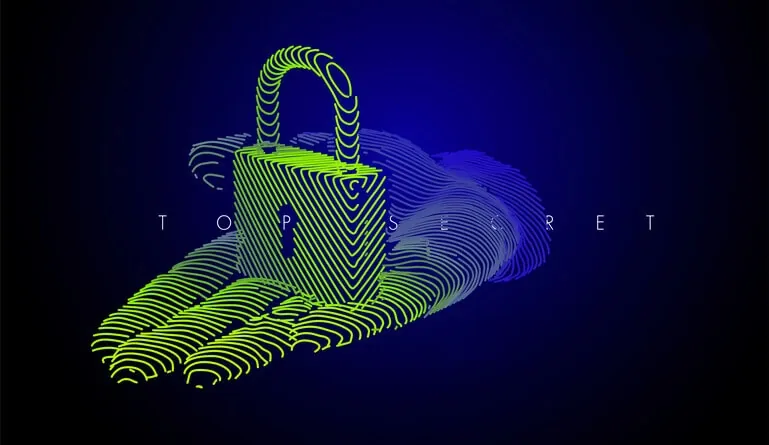Twitter has come a long way since co-founder Jack Dorsey posted the first ever tweet on March 21, 2006. Today, many organizations, celebrities, and politicians, including President Trump, view it as a crucial means for communication.
It has also grown exponentially in the years since the Library of Congress started its own collection of tweets. In 2010, the Library of Congress announced that it would be archiving all public tweets. At the time, about half a billion tweets were posted every two weeks. In November of 2017, the frequency of that number increased to every single day.
When Twitter decided recently to double its character limit for tweets from 140 characters to 280 characters, the Library of Congress decided that archiving every public tweet would be a tedious process. Hence, the Library of Congress decided it was best to apply selective discretion to tweets that it uses for other documents, collecting and archiving material around themes or events of consequence. This move was announced in a blog post at the close of 2017.
The Library of Congress announced:
“As the twelfth year of Twitter draws to a close, the Library has decided to change its collection strategy for receipt of tweets on December 31, 2017. After this time, the Library will continue to acquire tweets but will do so on a very selective basis under the overall guidance provided in the Library’s Collections Policy Statements and associated documents. Generally, the tweets collected and archived will be thematic and event-based, including events such as elections, or themes of ongoing national interest, e.g. public policy. The Library will also engage with Twitter to resolve issues associated with managing transactions that generate deletions of tweets, and user access issues. The Twitter collection will remain embargoed until access issues can be resolved in a cost-effective and sustainable manner.”





